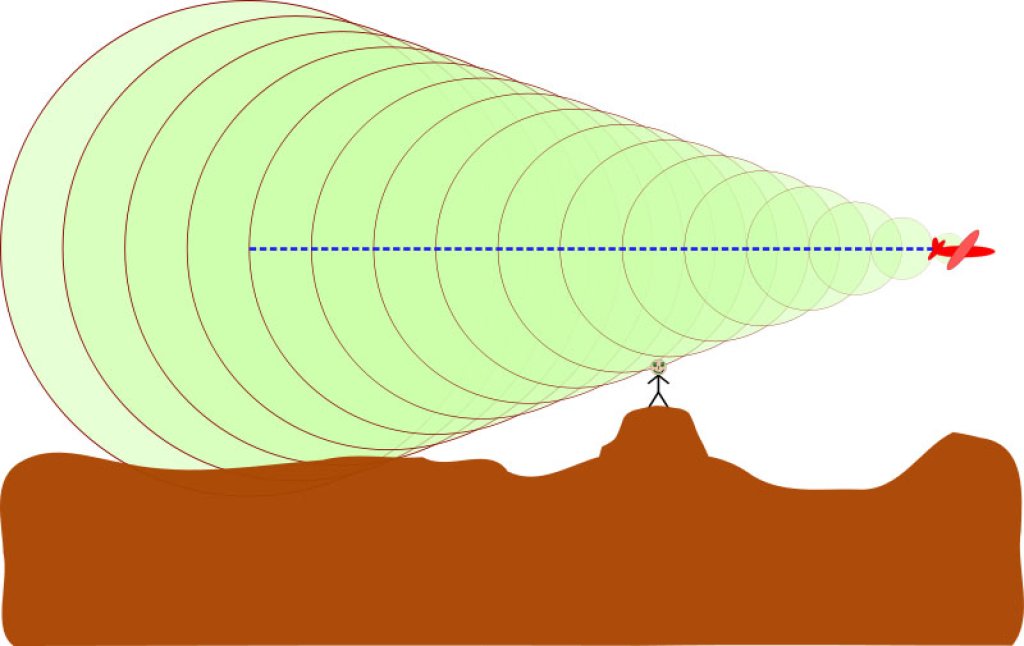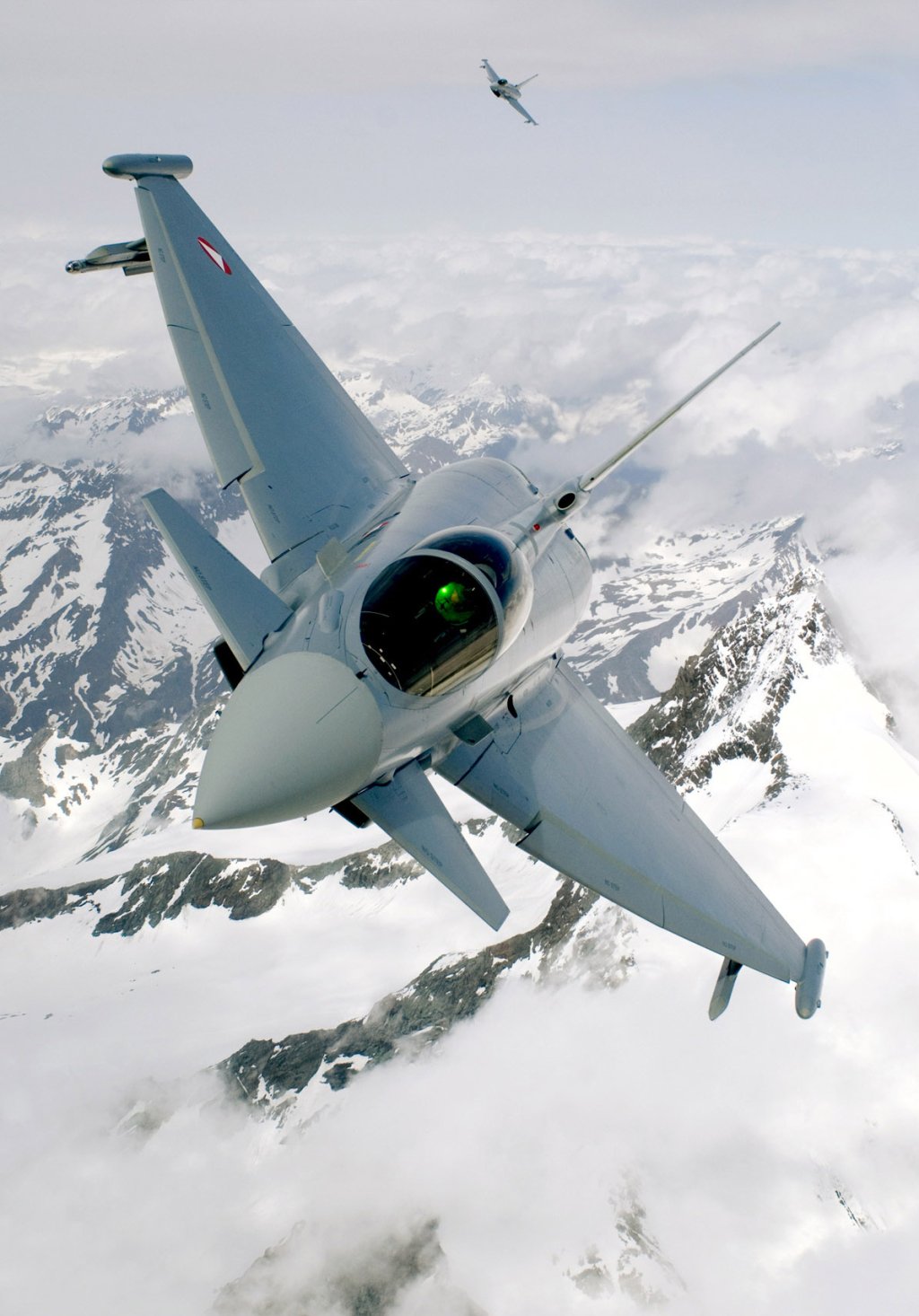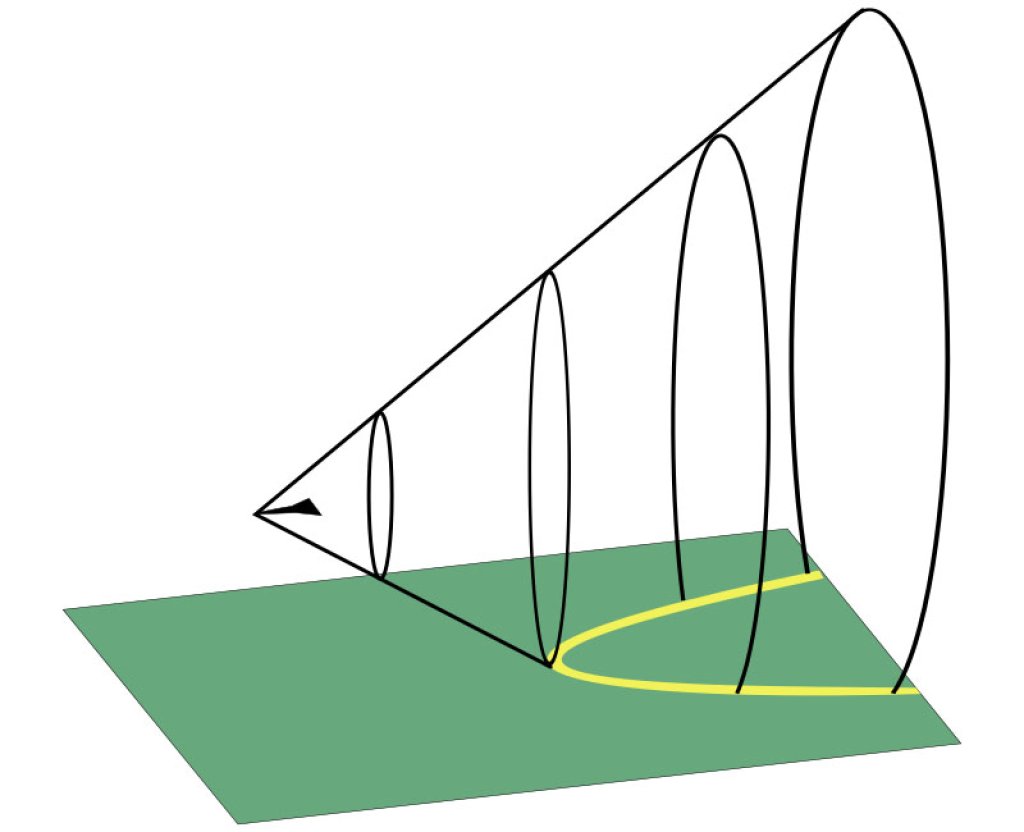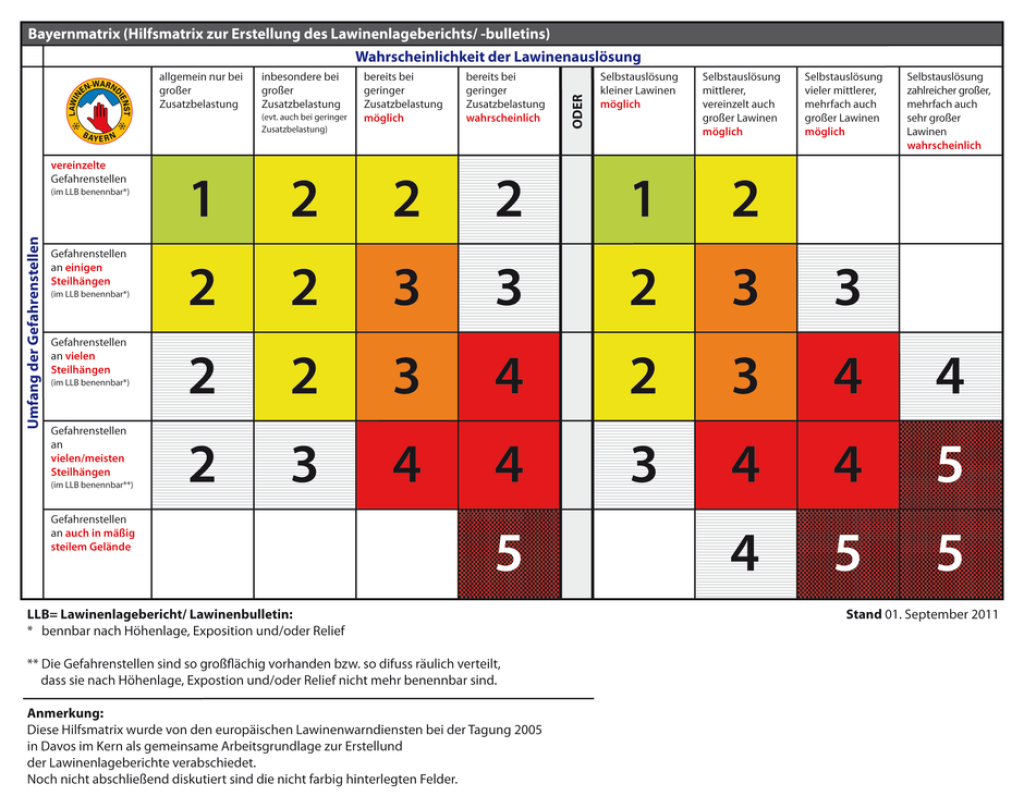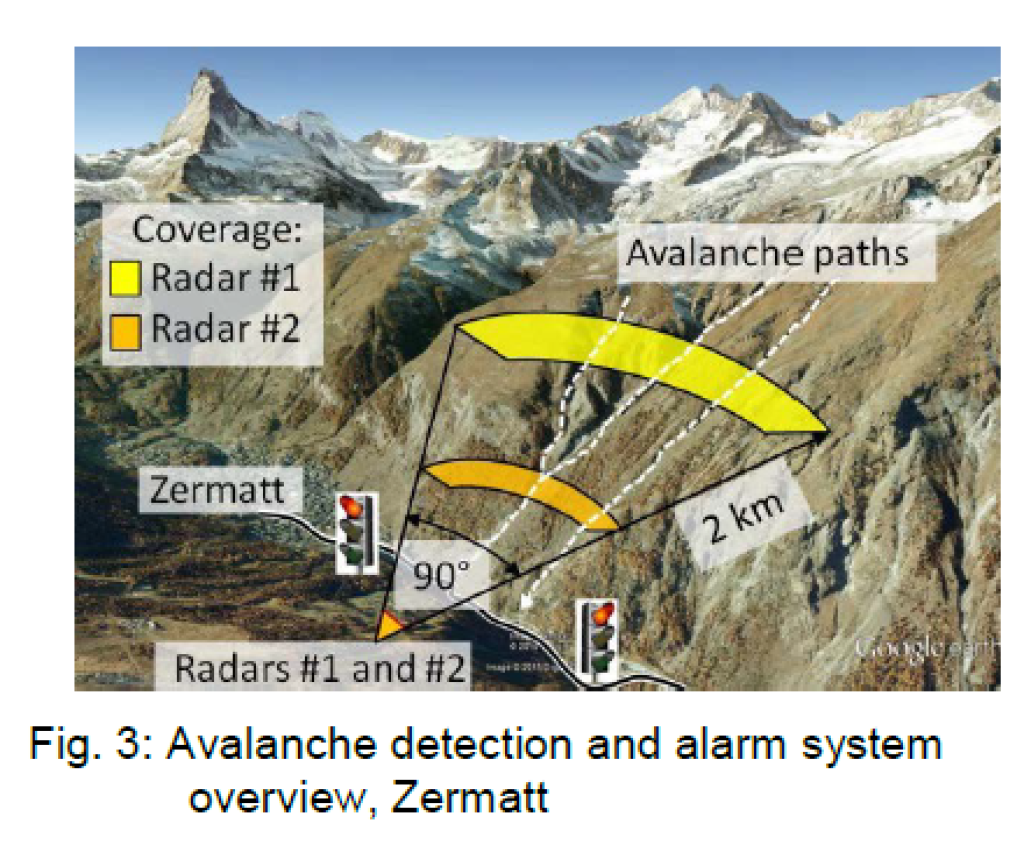The Austrian army is currently practising flying its so-called Eurofighters. These are the infamous Typhoon fighter planes from Eurofighter Jagdflugzeug GmbH, which were purchased for the army by the Schüssel government in an "opaque process possibly accompanied by bribes amounting to 100 million" (Wikipedia)
Flight maneuvers are planned until 17 November, during which supersonic speeds are to be reached twice a day. These flights were supposed to take place in the Salzburg area, but have now been moved to the lowlands due to the snow conditions. "There is so much snow in Salzburg, Tyrol, Vorarlberg and Carinthia that avalanches could be triggered by a sonic boom," Major Martin Baierer from the airspace surveillance authority is quoted as saying. ORF report.
Can sound trigger avalanches?
Avalanches usually either occur on their own, for example due to the ever-increasing load of fresh snow during a precipitation event, or they are triggered by external forces on the surface, for example by skiers or avalanche blasts.
An SLF study (Reuter, B, Schweizer, J, 2009. Avalanche triggering by sound: myth and truth. International Snow Science Workshop Davos, Processdings) deals with the question of whether avalanches can also be triggered by loud shouting, airplanes or even a sonic boom:
Any kind of noise produces waves in the air that propagate at the speed of sound (approx. 340m/s). Sound waves are longitudinal waves, which means that they oscillate in the direction in which they propagate. (When we think of a wave, we usually think of transverse waves, which oscillate perpendicular to the direction of propagation). Sound waves are pressure waves - air of different densities moves from the source of the sound to our ear.
The force effect on a snowpack caused by loud shouting, airplane noise, sonic booms and pressure waves produced by blasting can be physically described as the impact and penetration of the respective waves into the snowpack. (A skier on the snow surface, on the other hand, is usually approximated as a near-surface force acting on an elastic half-space. Note: a skier is not a wave.)
